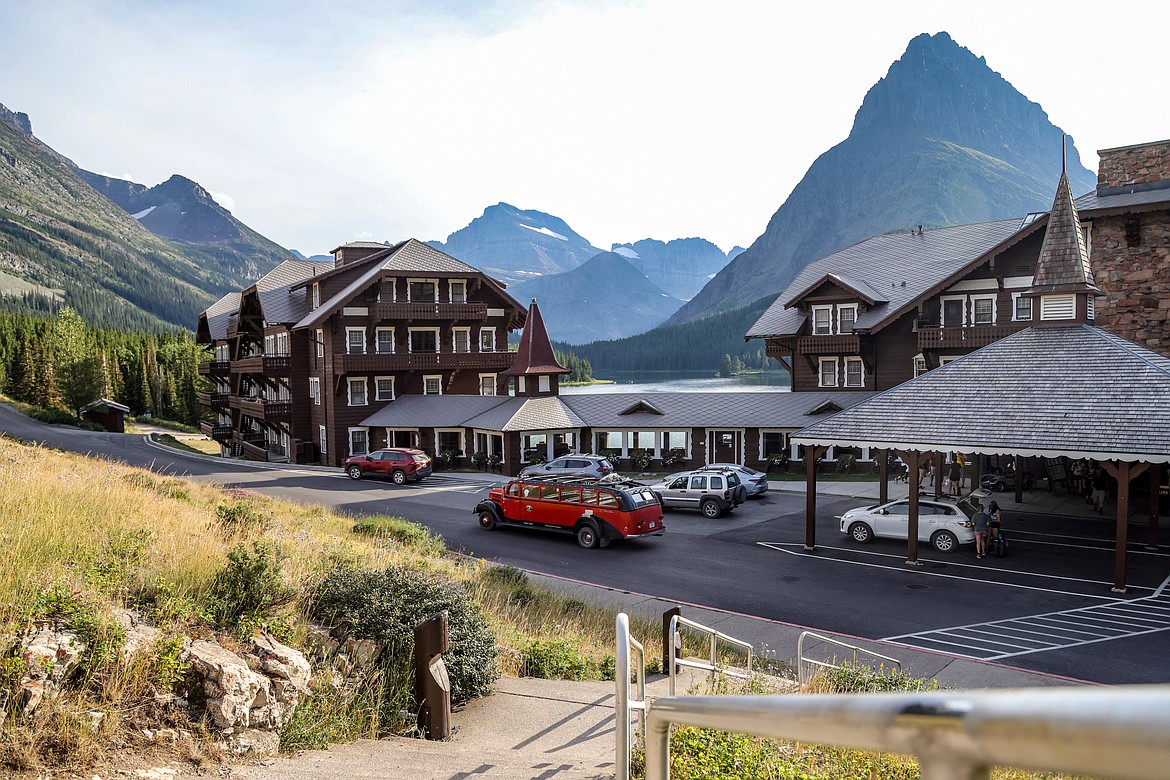Glacier Park visitor spending boon to economy of gateway communities
A National Park Service report shows approximately 2.9 million visitors to Glacier National Park spent an estimated $368 million in nearby communities....
Support Local News
You have read all of your free articles this month. Select a plan below to start your subscription today.
Already a subscriber? Login
Daily Inter Lake - everything
Print delivery, e-edition and unlimited website access
- $26.24 per month
Daily Inter Lake - unlimited website access
- $9.95 per month

